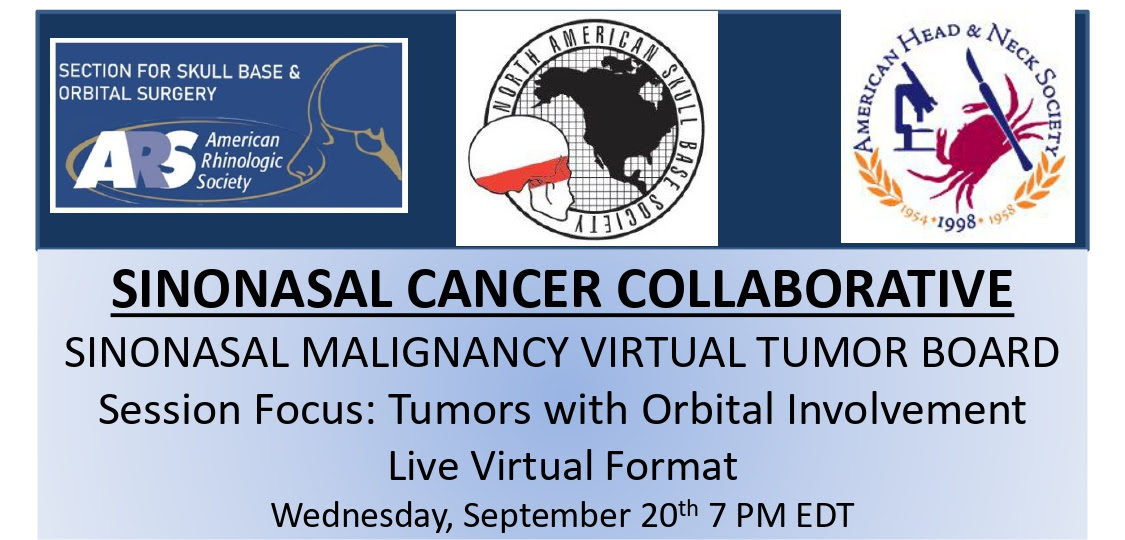“External Auditory Canal Malignancies” – AHNS Cutaneous Cancer Section
(from the AHNS Cutaneous Cancer Section) by Kush Panara, MD1 & Robert Brody, MD1 Department of Otorhinolaryngology, University of Pennsylvania, Philadelphia, PA Intro Malignancies of the external auditory canal (EAC) are relatively rare with an estimated yearly incidence of 1-6 cases per million population.1 This review will focus on the most common pathology, squamos cell …





